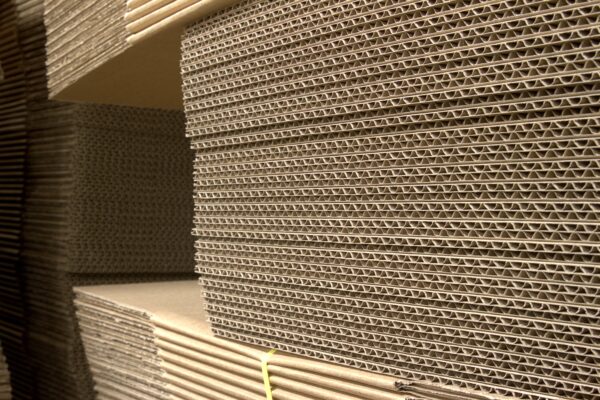Trying to make choices that reflect my personal identity but also tell a story about how I want the world to be.
My name is Megan and I am a shopaholic. Well, at least I used to be. If shopping had been an Olympic sport I would have won gold many times over. I was that good. My dad once asked me if I had undertaken a mission to solely recover the US economy after I returned from a trip away with a bloated suitcase crammed full with my latest purchases.
My weekends were often spent in the nearest shopping centre combing through racks of mass produced clothing, ironically trying to find pieces that would showcase my unique and individual style. I didn’t think much about where or how the clothes had got to the shop. They were just there, I was buying them and they made me feel (and look!) oh so good. But what did my clothing choices really say about me and my unique individual style?
Global fashion supply chains are riddled with unsavoury and harmful practices at every stage of the supply chain. Come harvest time in Uzbekistan, government employees – and often children – are forced to work in the cotton fields under exceptionally poor conditions. With their jobs and families under threat should they refuse to cooperate, intimidation, detainments and beatings are used to ensure workers pick enough cotton to meet daily government quotas. Where was the cotton in my t-shirt from and what did it say about me?
In Tamil Nadu, India, women and young girls are recruited under the Sumangali Scheme and forced to work in factories spinning, weaving and dyeing fabric. These women are generally trafficked from poor marginalised communities. Families are persuaded that their daughters will be well looked after and are enticed to sign them up with the guarantee of a lump sum payment on completion of the 3-5 year contract. However, the reality for these women when they arrive at the factories is a far cry from what was promised. Hours are long, longer if additional work needs to be done and the workers are not compensated for overtime. Verbal abuse is common and physical and sexual abuse has been reported. The women live in strictly controlled hostels with very limited freedom and access to support. On completion of their contracts less than 35% of the women receive the lump sum payment that was promised to them. So what did the way the fabric in my clothing was made say about me? In China, hazardous chemicals that have been discharged into waterways untreated from fabric processing factories pollute waterways, contributing to the country’s water scarcity problem. The textile industry is one of the biggest polluters in China and it uses massive amounts of water, almost more than any other industry. The majority of the water used becomes polluted, and if released into waterways without undergoing the proper treatment, ends up in oceans, rivers, lakes and in the air and soil. This is a huge issue for a densely populated country with such a limited supply of water. The dyeing and finishing stage of the manufacturing process accounts for 80% of the total wastewater produced by the textiles industry. So what did the way my clothing was dyed say about me?
After the much-reported Rana Plaza factory collapse in Bangladesh in 2013, in which countless garment workers lost their lives, I was forced to reconsider what I had until then thought of as a harmless habit. The event served as a catalyst for me and changed the way I looked at fashion. The more I looked into it, the more despondent I became. Fashion had always been a big part of my identity and how I expressed myself but I had unwittingly supported practices that I was ethically opposed to. Whether we like it or not we are all connected and just because I hadn’t known who had made my clothes or the conditions they were made under did not make me feel any less responsible.
What had my clothes said about me up until that point? That I was a hairy three-headed monster willing to discount the rest of the world just to look good? Heavy stuff.
But fear not dear readers, there is a happy ending to this story. I still love clothes and I still value my unique and individual style. I just try to make better choices. I try to make choices that reflect my personal identity but also tell a story about how I want the world to be. I choose to buy less, I buy second hand, I read labels and I investigate how my clothes are made. There are some wonderful businesses and organisations out there trying their best to help you make these decisions. It’s a beautiful thing. Occasionally I fall off the wagon and buy a pair of shoes or a t-shirt just because they look good, but I never claim to be perfect. What matters is I’m trying. And what do my clothes say about me now? Well they haven’t mentioned that I’m any kind of monster in quite some time, so that has to be good.
Further information
Stop the Traffik – The Sumangali scheme
Cotton Campaign – Forced Labour
Cleaning up the Fashion Industry – report [pdf]


